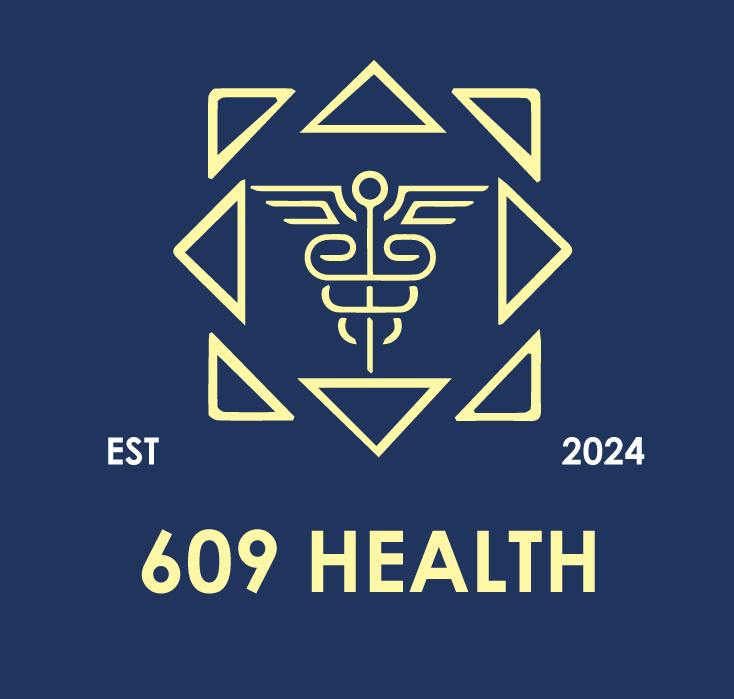“If the provider doesn’t know the drug is affordable, the prescription may never get written. If the patient doesn’t know, it may never get filled.”
Pharma brands spend millions on copay cards, affordability programs, and adherence support—but too often, awareness of these tools is lost at the exact moment they matter most: the prescribing decision.
At the point of care, there’s no room for channel silos. If affordability isn’t clearly communicated—to both provider and patient—it’s a missed opportunity that marketing can’t recover from.
The Gap Between Awareness and Action
Most affordability campaigns target either the HCP or the patient—but rarely both in a coordinated way.
Here’s where the disconnect happens:
- Sales reps might leave behind copay materials, but they get lost in a sea of office clutter.
- EHR banners might display a “patient savings available” message, but they’re often generic and overlooked.
- Patient websites showcase copay tools, but only after a script has already been written—or abandoned.
And yet, we know from real-world data that cost-related abandonment is one of the top drivers of primary non-adherence.
Brands can’t afford to treat this as a downstream problem.
What Integrated Copay Awareness Looks Like
To close the gap, brands need to show up in multiple channels at the same time, centered around the moment that matters most: the prescribing decision.
Inside the EHR
Trigger SmartTexts or In Basket messages when a diagnosis code aligns with the brand’s indication and the patient qualifies based on insurance.
Bonus points if it links to the copay tool directly in the workflow.
In Programmatic Media
Surface affordability messaging in your HCP programmatic campaigns—but make it responsive to:
- Specialty,
- Patient mix,
- Known prior authorization (PA) challenges.
Avoid one-size-fits-all affordability messaging.
At the Front Desk or Nurse Level
Equip office staff with simple, patient-facing language:
“If the doctor prescribes X, there’s a savings program available.”
That one sentence can change behavior and reduce abandonment rates.
Via Claims-Based Alerts
Use platforms like Surescripts or Symphony to flag when a patient doesn’t fill a new prescription.
Then re-engage via:
- Email,
- Text,
- Field rep follow-up—with savings information front and center.
The 609 Lens
At 609 Health, we see affordability as a workflow challenge, not just a messaging one.
Success requires aligning:
- Payer insights (Who’s covered?)
- EHR nudges (How do we surface savings info?)
- Patient re-engagement (What happens post-visit?)
It’s about orchestration—not just promotion.
When affordability shows up at the right time, in the right place, for both HCP and patient, adherence improves—and brand loyalty follows.


